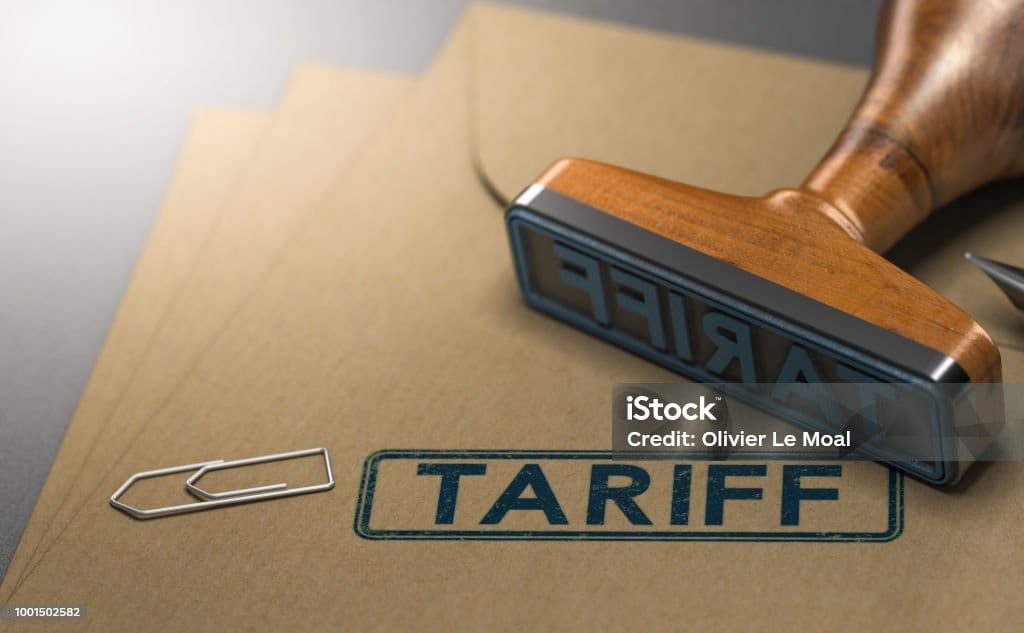The True Cost of Tariffs: Balancing American Protectionism with Global Economic Impact

As the U.S. navigates complex global trade dynamics, tariffs have become a focal point in the debate over economic policy. These taxes on imported goods aim to boost domestic industries by making foreign products more expensive, theoretically encouraging consumers to buy American-made goods. However, while tariffs may temporarily benefit certain sectors, they generally raise prices for consumers and businesses, limiting purchasing power and choice. Classic economic theory suggests that tariffs ultimately harm economic growth by protecting less efficient industries and inviting retaliatory measures from other countries, which can stifle American exports and hinder innovation. With President-elect Trump’s proposed tariffs promising to impose substantial taxes on various imports, this article examines the broader economic implications of such policies and the impact of American protectionism on global competitiveness.
Tariffs are taxes imposed on imported goods at the point of entry, intended to make foreign products more expensive and encourage consumers to buy domestically. While this can boost certain U.S. industries by reducing foreign competition, tariffs generally raise prices for consumers and businesses, resulting in decreased purchasing power and limited choices. It’s an attempt to reduce free market capitalism on a global scale through American protectionism. By protecting domestic producers that might not be the most efficient, tariffs often lead to less productive economies overall. Classic economic theory, tracing back to Adam Smith, suggests that tariffs create inefficiencies, redistributing income from consumers to protected industries, which ultimately hinders economic growth.
On a global scale, tariffs can provoke retaliatory measures from other countries, adding further strain to the economy. When U.S. exports face foreign tariffs in response, demand for these goods declines abroad, hurting American businesses and reducing economic output. Tariffs also create an environment of policy uncertainty, potentially deterring investment and innovation as companies adjust to the changing economic landscape. Overall, while tariffs offer short-term advantages to certain industries, they generally reduce long-term economic efficiency, limit innovation, and can diminish global trade and productivity. Without proper systems in place to build American-made products, there is also a risk of dramatically increased prices in the event no domestic product line is available once foreign trade supplies are cut off.
President-elect Trump’s tariff proposal includes substantial taxes on imports, with a 10-20% tariff on all goods, at least 60% on Chinese imports, and up to 100% on imports from Mexico. While intended to protect U.S. industries and encourage domestic investment, economic analyses predict that these tariffs will likely harm the American economy. By increasing costs for consumers and limiting trade, these tariffs risk reducing economic efficiency and productivity, potentially leading to a smaller economy and lower incomes in the long run.
The Tax Foundation, an independent tax research organization, generally described as business-friendly, conservative, or right-learning, provided the table below, estimating the cost of tariffs on the American economy:
Read more here: How Will the Trump Tariffs Impact the US Economy?
American protectionism cuts against the grain of American exceptionalism, seemingly indicating that the U.S. is incapable of competing on a global scale.
A recent Economic Policy Institute report shows a long-standing trend of stronger economic performance under Democratic administrations compared to Republican ones. Key metrics such as GDP growth, job creation, and wage increases are significantly higher during Democratic presidencies, while unemployment, inflation, and interest rates tend to be lower. Since 1949, annual GDP growth under Democrats has averaged 3.79%, compared to 2.6% under Republicans, and job growth has been more than twice as fast. Additionally, income growth for families in the bottom 20% is 188% faster under Democratic administrations. While the report acknowledges that the president doesn’t have full control over the economy, the consistent Democratic advantage in economic indicators is notable, especially given that public opinion often views Republicans as better economic managers.
Read more here: New report finds that the economy performs better under Democratic presidential administrations | Economic Policy Institute; see also The Historical Puzzle of US Economic Performance under Democrats vs. Republicans | The Belfer Center for Science and International Affairs.

Read more here: Economic performance is stronger when Democrats hold the White House - EPI Action.
In conclusion, while tariffs aim to protect U.S. industries and reduce foreign competition, they often come at a cost to consumers and long-term economic health. As the U.S. considers protectionist policies, it’s essential to weigh short-term gains against potential long-term inefficiencies and global trade tensions. Will these tariffs genuinely strengthen the American economy, or will they ultimately hinder growth by limiting innovation and global cooperation? And as nations increasingly respond with their own tariffs, how will this impact American businesses that rely on exports? Going forward, are there alternative ways to achieve economic resilience without sacrificing the principles of a free market?
——
Protect your neighbor, near or far,
A friend at hand or star to star.
From street to street, to distant lands,
Extend your heart, extend your hands.
No walls of wealth, no guarded gates,
But bridges strong to lift the weights
Of those whose voices go unheard,
Whose dreams lie silent, dimly stirred.
What world will grow from seeds we sow
If power hoards while needs still grow?
Let worth be measured not in gold,
But in the kindness freely told.
An economic future bright
For every heart, for every right.
Not just for few, but all who dream,
Where neighbor’s hope is our shared theme.
——
Thank you for your time. We’re happy to have you here. Tune in next time.
